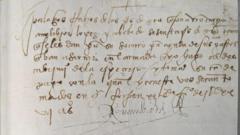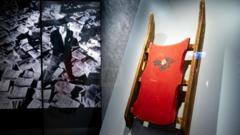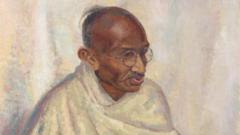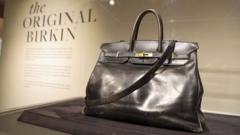The delicate jewels and holy relics, some scarcely a few millimeters in size, are intricately arranged and believed to have been buried with Buddha. These treasures were unearthed in 1898 during the colonial era, when an English explorer excavated them from a site in India. Now, they are poised to be auctioned off by the explorer's descendants, which has sparked a fierce legal dispute with the Indian government and Sotheby’s, the international auction house.
On Monday, the Indian Ministry of Culture issued a legal directive claiming that these sacred relics must be returned to India for “preservation and religious veneration.” Amid a growing global dialogue about the fate of cultural artifacts taken during colonial rule, this case embodies a broader ethical dilemma regarding ownership and commodification of historical treasures.
Ashley Thompson, a Southeast Asian art professor at the University of London, commented on the ongoing reassessment of the status of significant artworks plundered from formerly colonized nations. She emphasized the urgent need to ask critical questions about the origins, worth, and rightful custodianship of such pieces.
Countries around the world are increasingly confronting similar issues, with several American institutions initiating returns of relics to Indigenous populations, while Dutch museums have returned items to nations like Nigeria and Sri Lanka. Furthermore, the trend has continued in Britain, where museums have gradually repatriated looted artifacts tied to Buddhist burial practices.
As the auction date approaches, this case not only raises questions about the legality and ethics surrounding the sale of cultural artifacts but also reinforces the ongoing struggle for nations historically impacted by colonialism to reclaim their sacred heritage.

















